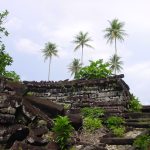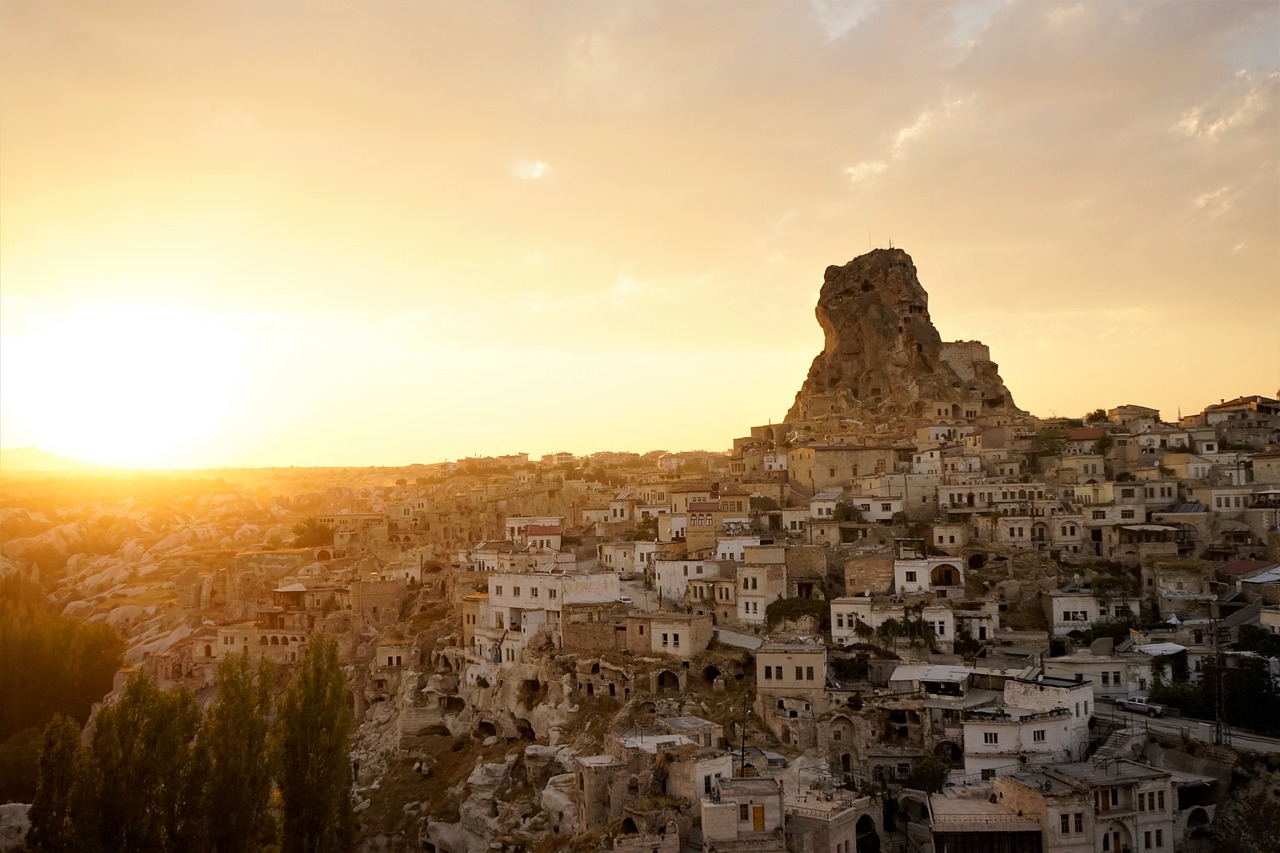Two monumental sculptures of immeasurable significance have recently been unearthed in Turkey, in the province of Şanlıurfa. These archaeological discoveries were made during excavations at two major prehistoric sites: Göbekli Tepe and Karahan Tepe. These sculptures provide a fascinating glimpse into the art and culture of the time and could potentially revolutionize our understanding of human history.
The Göbekli Tepe Site: The Birthplace of Sculptural Art
Göbekli Tepe is often regarded as the “first temple of humanity,” and excavations at this site have already revealed extraordinary archaeological treasures. The most recent discovery is a statue of a wild boar, which could possibly be the oldest painted sculpture in history. Archaeologists were astonished to find traces of colored pigments on the statue, suggesting that it might have been painted thousands of years ago. While sculptures have been previously uncovered at Göbekli Tepe, this one is particularly remarkable due to its size and state of preservation. The wild boar statue stands at approximately two meters in height and is carved from a single block of limestone, featuring intricate details, including meticulously carved eyes and tusks.
Karahan Tepe: Realistic Human Representation
Just a few days after the discovery of the wild boar statue at Göbekli Tepe, another anthropomorphic sculpture was unearthed at the prehistoric site of Karahan Tepe. This human-like sculpture depicts a man holding his genitals and is considered the first example of a realistic human representation. The sculpture, measuring around 1.5 meters in height, is also carved from limestone and displays traces of red, white, and black pigments. The lifelike details in the sculpture, including well-defined muscles and facial expressions, showcase an exceptional level of artistic skill for the era.
Significance for Human History
These archaeological discoveries hold profound significance for human history. They demonstrate that sculptural art was practiced nearly 10,000 years ago, much earlier than previously believed. Furthermore, the presence of colored pigments on the sculptures suggests that painting was also used in prehistoric art, challenging our perception of this period. The sculptures from Göbekli Tepe and Karahan Tepe also shed light on the complexity of the culture and spirituality of prehistoric peoples. The circular stone constructions at Göbekli Tepe, regarded as places of worship, are already known for their size and advanced architectural design. The sculptures found at these sites provide new insights into the rituals and beliefs of these ancient societies.
Continuing Archaeological Excavations
While these discoveries are already extraordinary, ongoing archaeological excavations at the Göbekli Tepe and Karahan Tepe sites hold the promise of unveiling further treasures that could deepen our understanding of prehistoric art, culture, and daily life. These monumental sculptures mark a new chapter in our comprehension of human history, reminding us that art and creativity were deeply rooted in our distant past. As we await further discoveries, we can already admire these prehistoric masterpieces that bear witness to the richness and diversity of human cultures over millennia.
The monumental sculptures discovered in Turkey, at the Göbekli Tepe and Karahan Tepe sites, open new insights into the art, culture, and spirituality of prehistoric peoples. These archaeological findings, including the painted wild boar statue from Göbekli Tepe and the realistic anthropomorphic sculpture from Karahan Tepe, challenge our previous knowledge and reveal the existence of advanced artistic creativity nearly 10,000 years ago. Ongoing archaeological excavations at these sites promise exciting new discoveries that could enrich our understanding of human history. These monumental sculptures are valuable testaments to the richness and diversity of human cultures throughout millennia and remind us that art is an intrinsic part of our nature.











